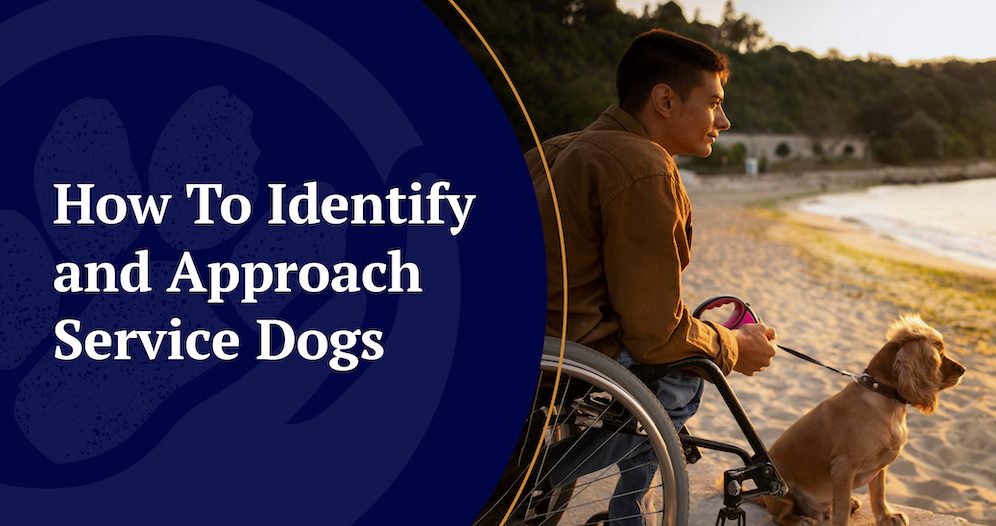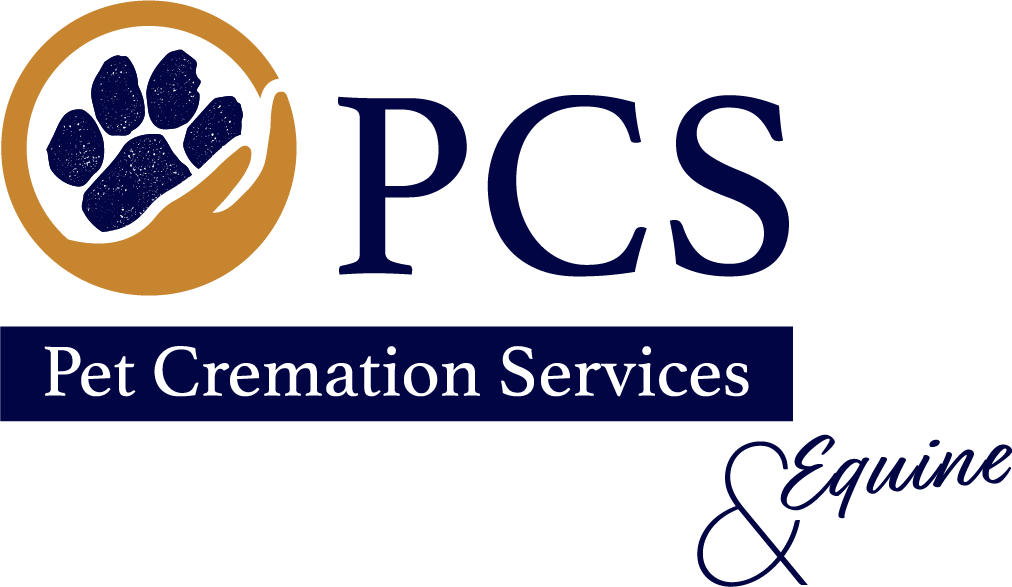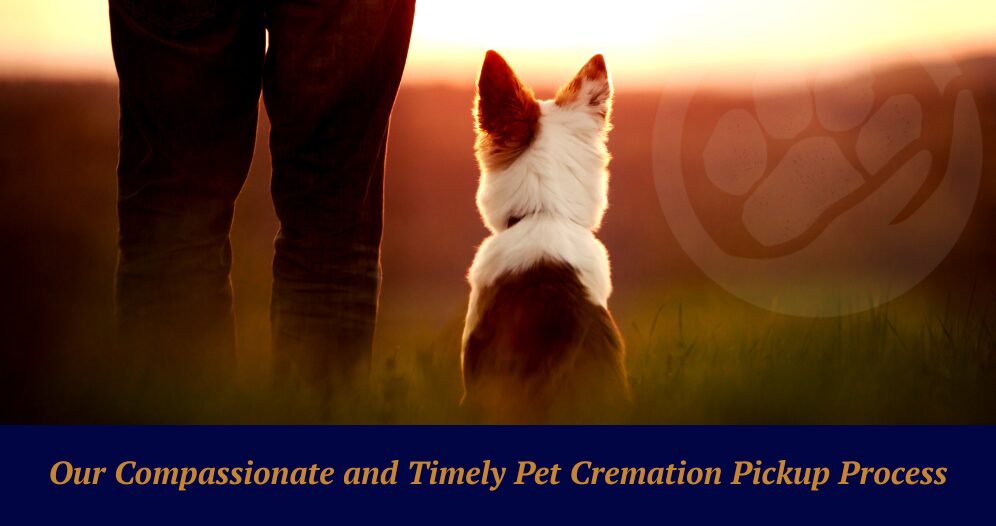
When seeing a pooch in public, it is human nature to want to give him or her a “good boy” petting when passing by. However, it is very important to remember that even though a dog is a man’s best friend, it may also serve as a sole protector and guide.
Service dogs were first legally recognized under the Americans With Disabilities Act (ADA) passed in 1990 and were defined as “any guide dog, signal dog or other animals individually trained to provide assistance to a person with a disability.”
Many assume that service dogs can be easily identified by a vest, ID tag, or specific harness, but this is not always the best indicator because many do wear clear identification as it is not a legal requirement of ADA.
How To Identify Service Dogs
The behavior of a dog in a public setting is one of the easiest ways to tell if the dog is a furry friend out and about or a trained professional. Here is what to look out for in a working dog:
- Performs task – The dog is focused on a specific job whether it is leading the visually impaired, assisting with balance and mobility, retrieving items for wheelchair-bound individuals, alerting of impending health conditions, or providing support for psychiatric conditions, including Post Traumatic Stress Disorder (PTSD).
- Is held close to the body – The dog can always be found walking, standing, or sitting calmly at the handler’s side.
- Is calm and focused – The dog does not act when provoked, exhibits restraint, and laser focus.
- Is socialized – The dog does not react in crowded environments or is distracted by unique and nonthreatening smells or sounds.
- Not attention seeking – The dog does not exhibit behavior that inhibits feedback such as begging, barking, whining, or jumping.
How To Approach Service Dogs
Now that you can identify a service dog and recognize their crucial role, it is of equal importance that you understand how to approach a handler with a working dog and not distract the dog from his or her vital responsibility.
- Approach the handler first and the dog second – or not at all.
- Never divert the dog’s attention away from his or her handler. This includes touching the dog, saying his / her name, or offering food in any situation.
- Act immediately if you ever see a service dog without his or her handler. If a handler is absent, know that there is a high likelihood that that individual is in need of help. In this situation, follow the dog and seek emergency assistance if needed.
With locations in Columbus and Wickliffe, Ohio, our compassionate care team services pet owners and our trusted network of veterinarian clinics throughout the state of Ohio and surrounding communities. Contact us today and someone from our team will follow up with you.





